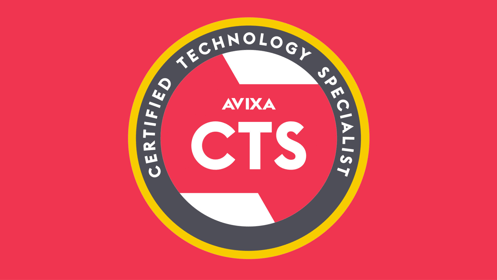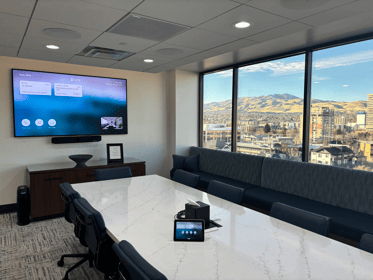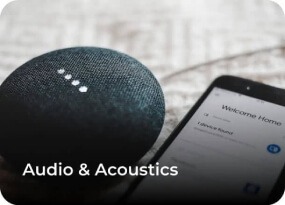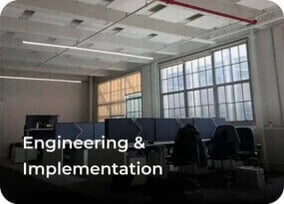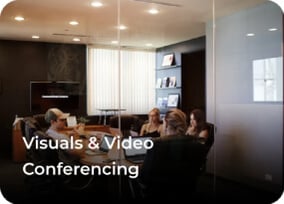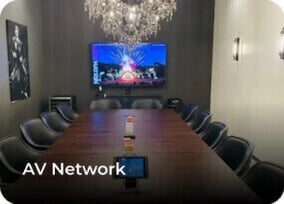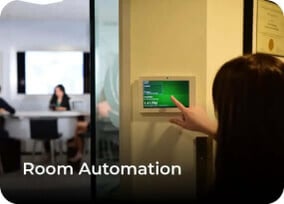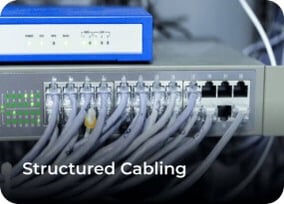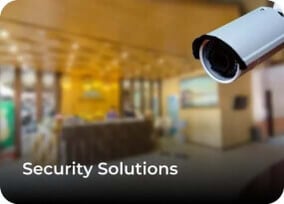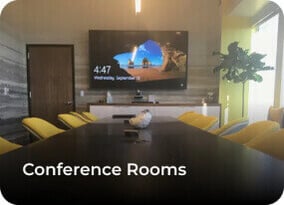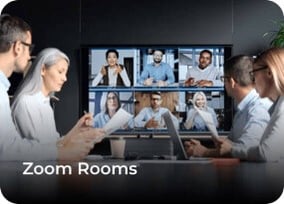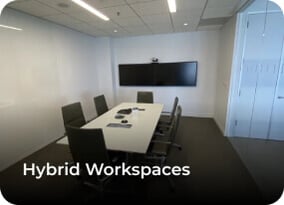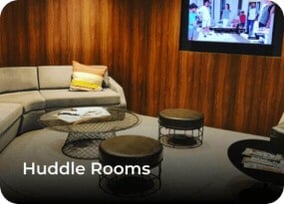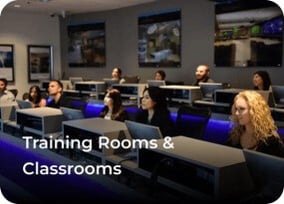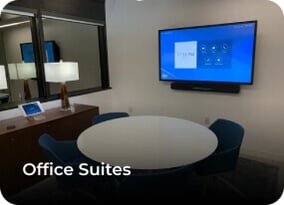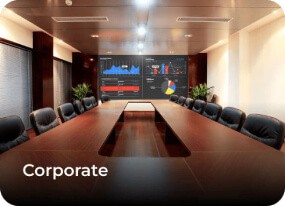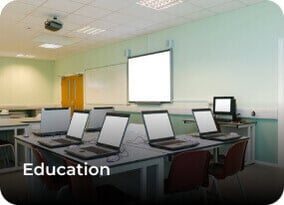
'Active learning spaces' and 'collaborative classrooms' are now buzzwords in the world of education. But what exactly do these words mean? They sound fancy, but what does a physical implementation of the perfect active learning space look like?
Technology has invaded almost every area of our lives. However, some areas were more resistant than others. One such area has been education. Old-school educators remain steadfast in their ways, resistant to new methods and technology in the education sphere. This could be, in part, due to the fact that until recently, classroom technology was difficult to use, glitchy and a general hamper to education.
The Path to Perfection
Until recently, education was a one-way street. Teachers would stand at the front of the classroom and deliver their curriculum. Nowadays, however, education has been ‘flipped’. It’s now a give and take, a back and forth, a conversation. Learning has become more collaborative. Teachers and students actively engaging in conversation and learning tasks together, in order to achieve better results.
However, it’s not that simple. A lot goes into creating a smooth collective learning environment. Thankfully, our partners at Middle Atlantic Products have laid out a solid set of guidelines for creating excellent learning space, concentrating on three areas. Namely, the classroom, the lecture hall and distant learning environments.
The Classroom
The first step in creating a truly active learning environment is to give students an opportunity to interact with the information with which they are provided. This is done by replacing old-fashioned textbooks with tablets. This allows for active participation in tasks and the ability for each student to share what they are working on with the rest of his or her classmates.
Another vital ingredient is to replace the chalkboard or whiteboard with an interactive whiteboard. This makes it easy for teachers to incorporate photos, videos and graphs into the lesson without the need for an overhead projector. It also allows them to annotate the content on the screen and easily share it with the students.
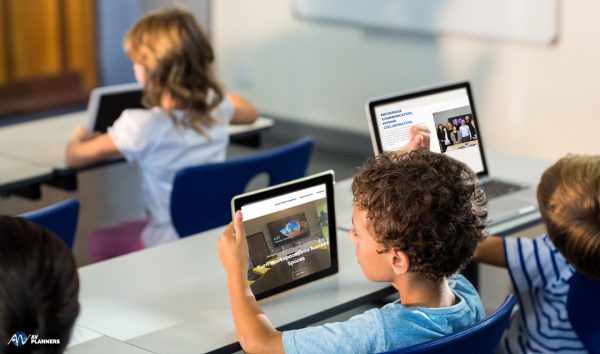
The Lecture Hall
It’s not just classrooms that have adopted this flipped style of education. Tertiary institutions too have made the switch. But, with lecture halls and large auditoriums, the audiovisual equipment needs to be on an equally large scale. Firstly, due to the size of the room and the number of students, a high-quality sound and mic system is necessary. This is to make sure all the students can hear the lecturer perfectly.
Additionally, a high-quality large-scale projection system and screen are incredibly important pieces of AV equipment. With this, lecturers and professors can display any information using their connected lectern or laptop. Lastly, a PTZ (Pan, Tilt, Zoom) camera is highly recommended that can capture the entire room view or focus on and follow the lecturer.

Distant and Online Learning Rooms
While the last two options had many people interacting and collaborating with each other in the same room, this last area focuses on many people interacting from many different locations. (It could either be one person alone in a room, or a few students connecting with an external source). But, it still takes some serious audiovisual gear to create a flawless distant learning atmosphere.
First and foremost, high-quality PTZ camera is a requirement to capture both the instructor as well as the participating students. It is also important for the instructor to be able to share notes, drawings or any other media in live time to add to the students overall distant learning experience.

Putting the Puzzle Together
All the above solutions require a whole array of audiovisual infrastructure to create an impeccable active learning space. While we often focus on business and enterprise AV solutions, the world of education is another area of our expertise. If you would like to find out about what we can do for your classroom, please get in touch with us.

